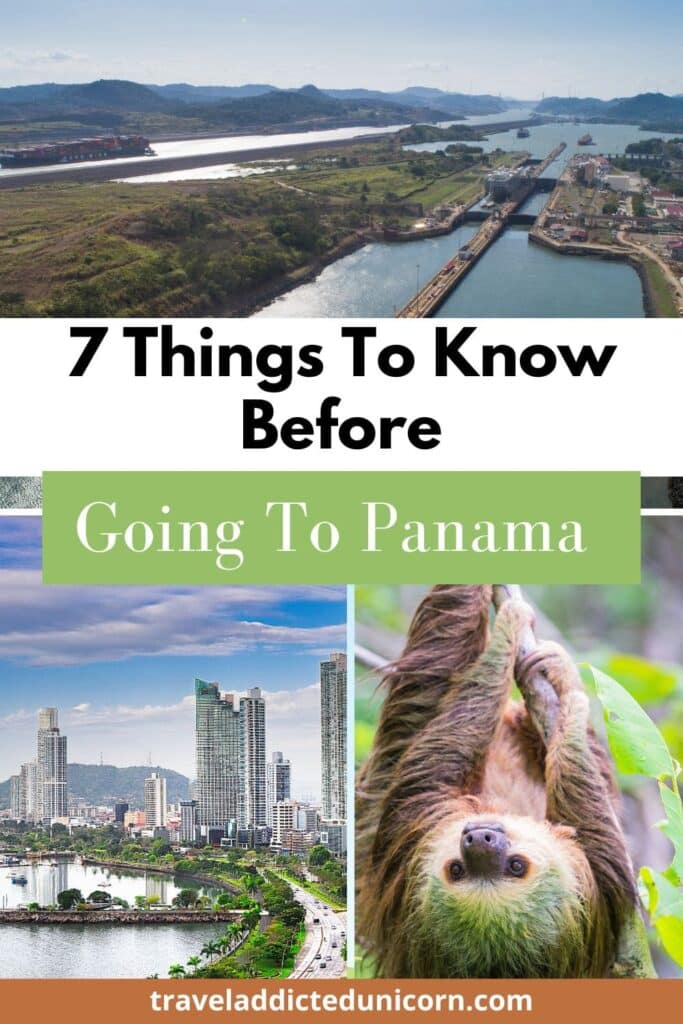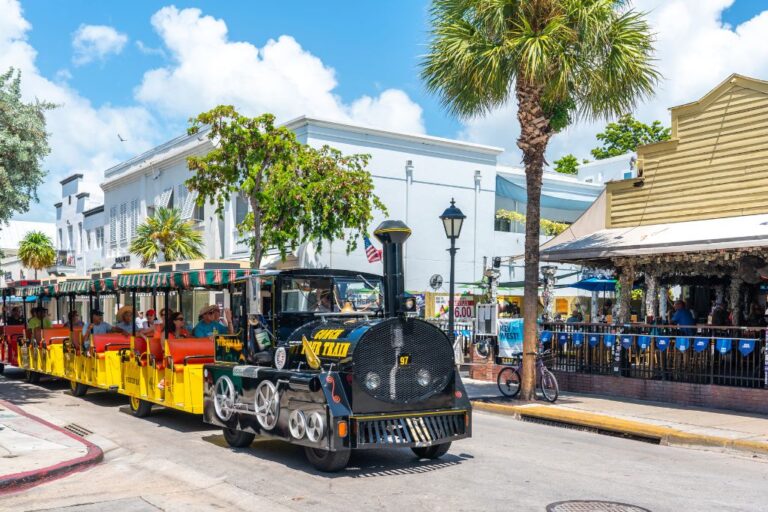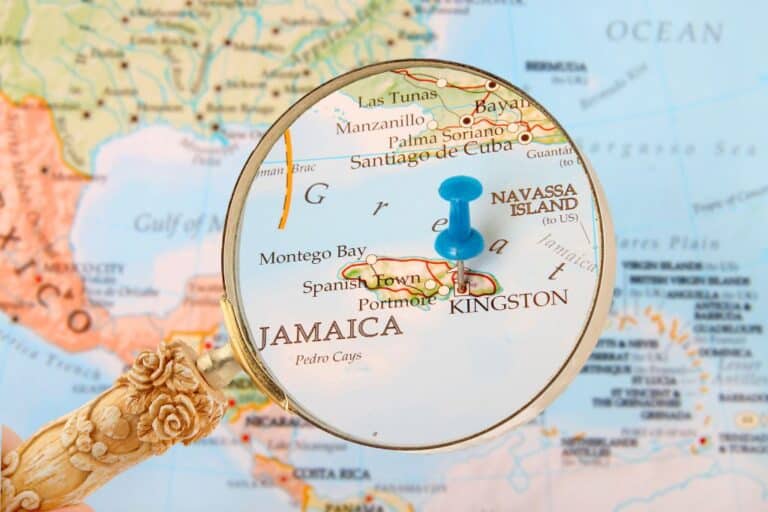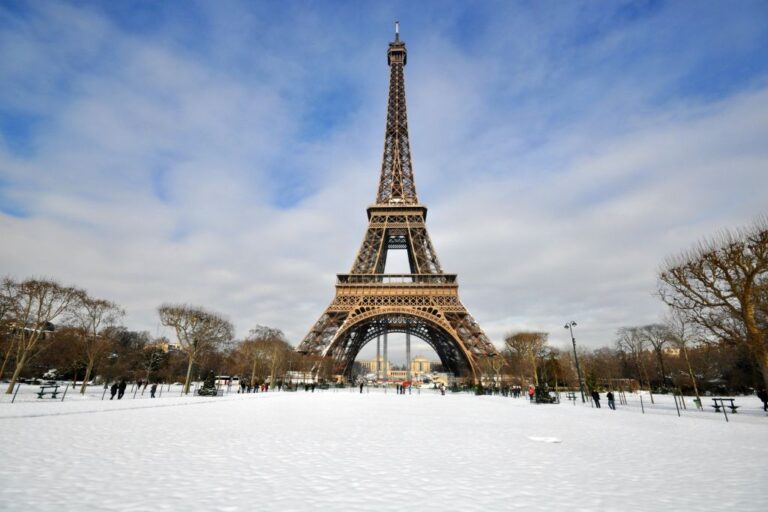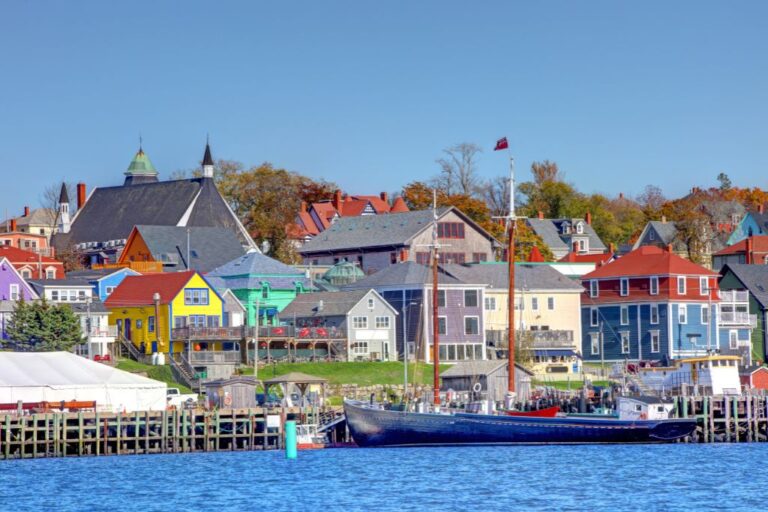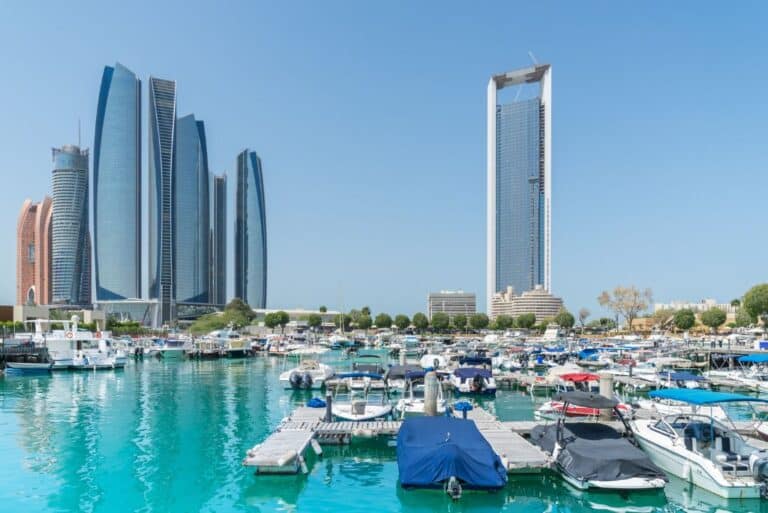7 Things To Know Before Going To Panama
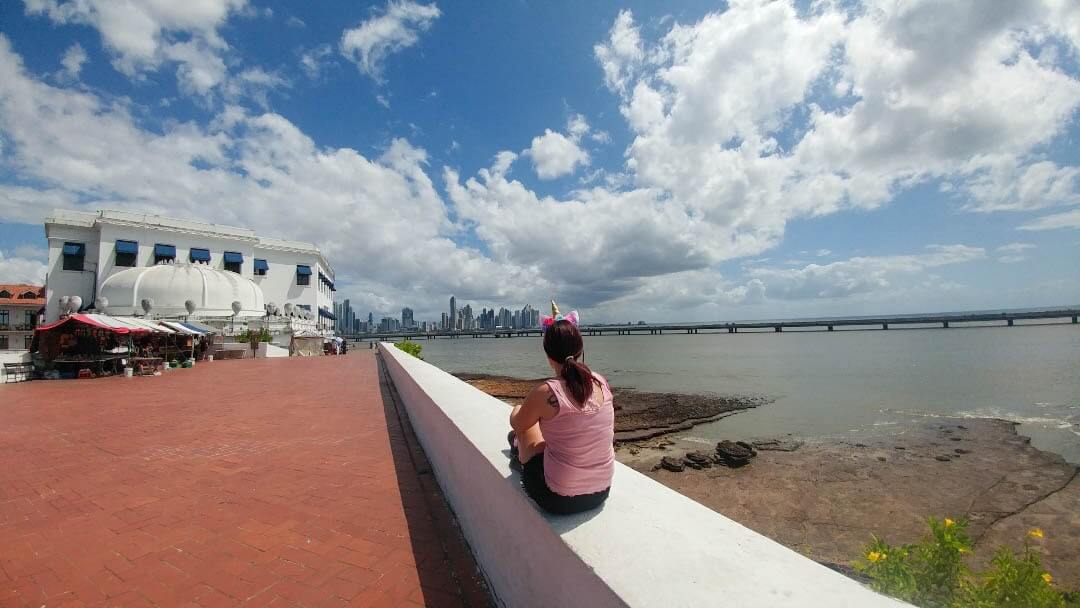

Planning A Trip To Panama And Wondering What You Need To Know Before You Go? Keep Reading To Find Out!
So what are the most important things to know before going to Panama?
Panama is a captivating destination known for its stunning beaches, lush rainforests, modern skyline, and, of course, the iconic Panama Canal.
As a land bridge between North and South America, this country offers a mix of diverse cultures, landscapes, and experiences.
But before you dive into all Panama has to offer, it’s helpful to be aware of a few essential things that will make your trip smoother and more enjoyable.
Here are seven things to know before you set off on your Panamanian adventure.
1. Currency: U.S. Dollars are Widely Accepted
One of the first things to know before going to Panama is that it uses the U.S. dollar alongside its own currency, the Balboa.
If you’re traveling from the United States, there’s no need to worry about exchanging currency, as the U.S. dollar is accepted everywhere.
Prices in Panama are typically quoted in U.S. dollars, especially in urban areas, and you can use U.S. dollar bills without any hassle.
Also, ATMs are widely available in urban areas, but keep small bills handy, as large notes are often hard to break in rural regions.
Major hotels, restaurants, and shops in Panama City and other popular tourist spots accept credit cards.
However, cash is still preferred for smaller purchases and in local markets, and some rural businesses may only accept cash.
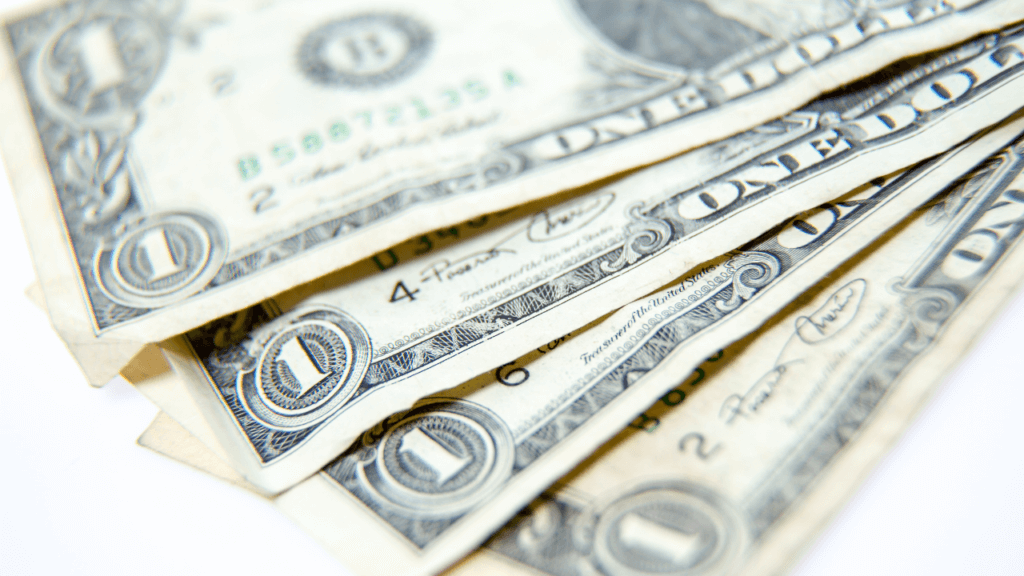
2. Language: Spanish is the Official Language
While Spanish is the official language, English is widely spoken in tourist areas, especially in Panama City.
However, knowing some basic Spanish phrases can be helpful when venturing into more remote areas.
Knowing simple phrases like “¿Cuánto cuesta?” (How much does it cost?), “¿Dónde está…?” (Where is…?), and “Gracias” (Thank you) can go a long way.
Locals genuinely appreciate travelers making the effort to speak Spanish, and it can lead to warmer, friendlier encounters.
In addition, learning a bit of Spanish can enhance your experience, as many cultural and historical insights are best understood in the local language.
If you’re looking to improve your skills before the trip, apps like Duolingo or language guides focused on Panamanian Spanish can be a great start!
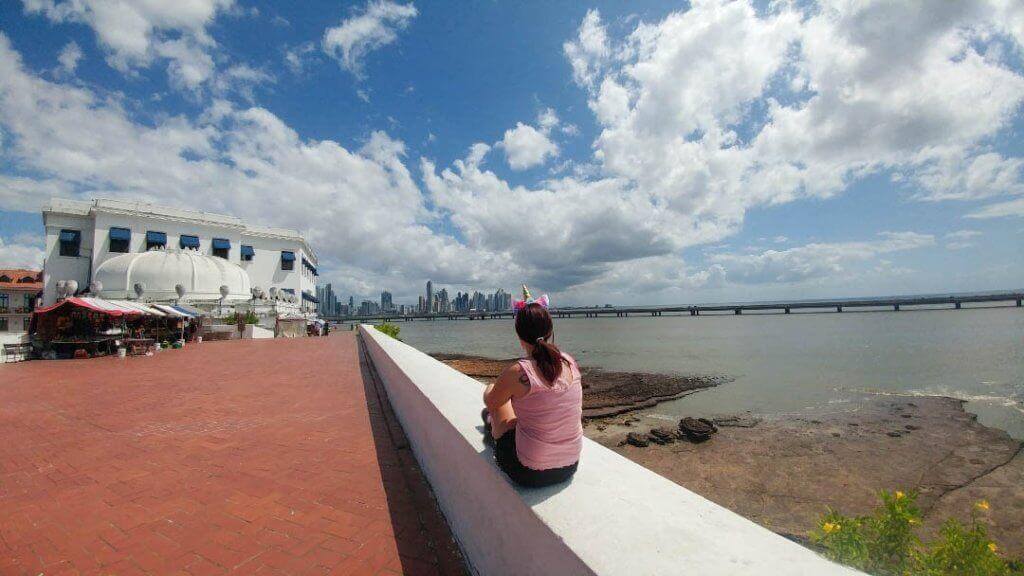
3. Weather: It’s Hot and Humid Year-Round
Another important thing to know before going to Panama is that it has a tropical climate with high temperatures and humidity.
The dry season, from mid-December to April, is ideal for travel with clear skies and warm, sunny days, especially on the Pacific side of the country.
Daily temperatures in most of the country range from 75°F to 90°F (24°C to 32°C), with coastal areas being especially warm.
Panama’s rainy season spans from May to November and brings daily showers and thunderstorms, particularly in the afternoon.
However, rain showers often last only a few hours, and the rest of the day can still be sunny or overcast, making it possible to enjoy many outdoor activities.
Panama’s diverse geography creates microclimates in various regions.
The highlands, such as Boquete and El Valle, tend to be cooler, especially at night, with temperatures that can drop to around 60°F (15°C).
On the Caribbean side, especially in Bocas del Toro, rain is more frequent year-round, with slightly cooler temperatures than on the Pacific side.

4. Safety: Know Which Areas to Avoid
Panama is generally a safe country for travelers. However, like anywhere, it’s important to be mindful of certain areas and follow basic safety practices.
In Panama City, neighborhoods like Casco Viejo and Bella Vista are popular with tourists and considered relatively safe. With a visible police presence, especially around main attractions.
However, areas such as El Chorillo, Curundu, and parts of Calidonia have higher crime rates and are best avoided, particularly at night.
As with any destination, practice situational awareness—keep valuables secure, avoid displaying expensive items, and be cautious when using ATMs.
When traveling outside Panama City, rural areas are usually low-risk, but beware of the wildlife.
If you plan on exploring nature or hiking, it’s best to go with a guide who knows the area well.
As some remote regions have limited cell service and can be challenging to navigate.
We spent a week in Panama and did not have any safety concerns.
👉 It is always advisable to pre-book your travel insurance coverage, regardless of how safe a country is. You can book yours here: Safety Wing Insurance
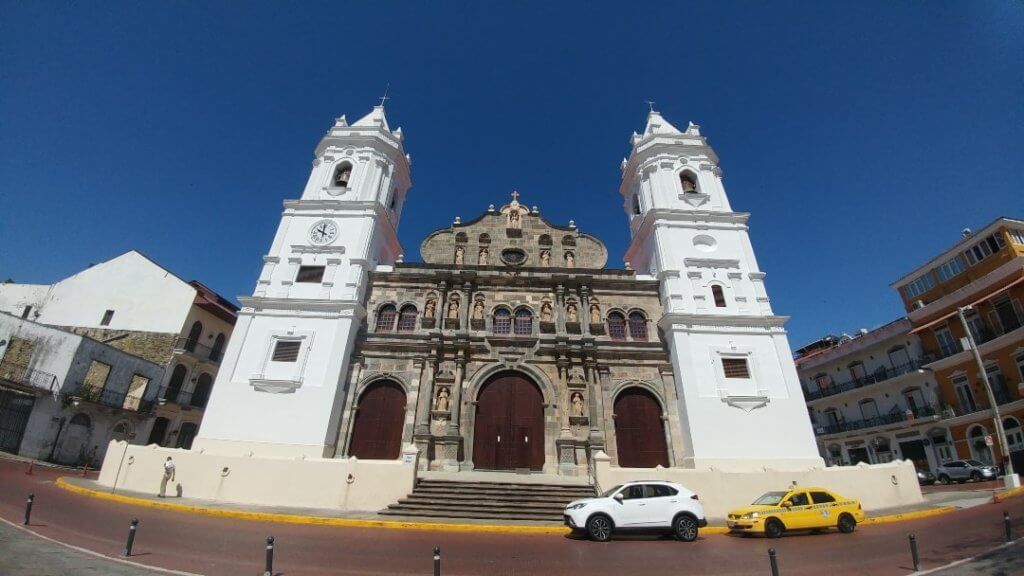
5. Biodiversity: Prepare for Encounters with Nature
Panama is one of the most biodiverse countries in the world, and its natural beauty is a major draw for visitors.
With lush rainforests, expansive coastlines, and protected national parks, the country is home to an incredible variety of wildlife.
Those include sloths, monkeys, toucans, sea turtles, and exotic frogs.
When exploring Panama’s forests or islands, be prepared for encounters with nature in all forms, from mesmerizing birds to insects.
Bring insect repellent, as mosquitoes are common, especially in more tropical and humid regions.
If you plan to hike or visit remote areas, wearing lightweight long-sleeved shirts and pants can help protect against bites and scratches from plants.
Be mindful of wildlife guidelines—observe animals from a respectful distance and avoid feeding or disturbing them.
🦄 Panama Related Posts:
11 Best Panama City, Panama Hotels & Places To Stay
13 Best Things To Do In Playa Blanca, Panama
5 Best Hotels In Playa Blanca, Panama
What To Expect From An All-Inclusive Resort In Panama
Are There Alligators In Panama City, Panama?
7 Tips When Visiting Caribbean Countries
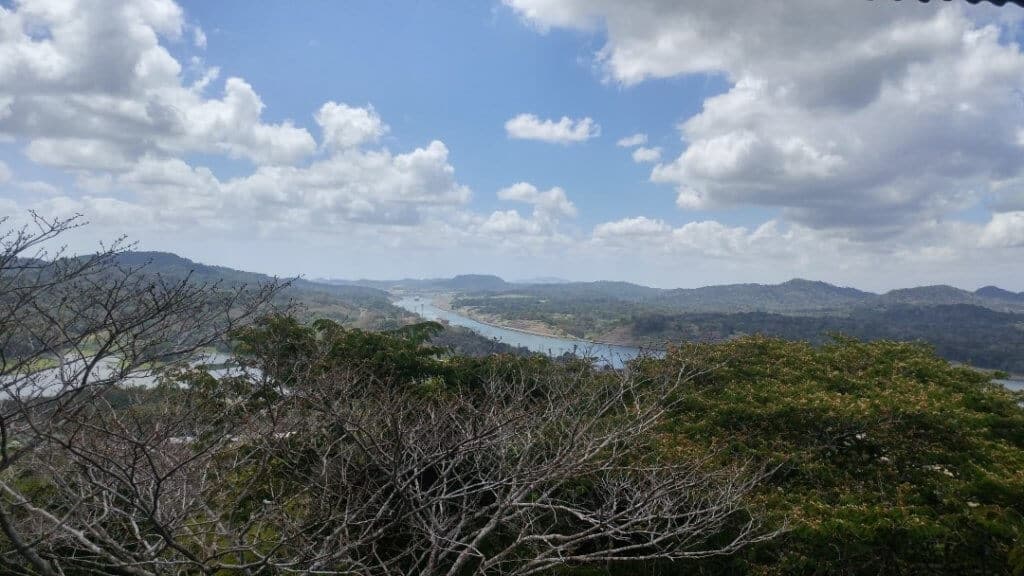
6. The Panama Canal: Plan Your Visit Carefully
A trip to Panama isn’t complete without visiting the iconic Panama Canal.
Which is a marvel of modern engineering and one of the world’s busiest waterways.
The most popular place to experience the canal up close is the Miraflores Locks Visitor Center.
Which is located just a short drive from Panama City.
To get the best experience, check the transit schedule beforehand, as ships pass through the locks in scheduled windows.
Therefore, it’s well worth timing your visit to see this process in action. Otherwise, you won’t see how the locks actually work.
Also, the visitor center includes a museum detailing the canal’s history, construction, and impact on global trade.
Early morning or late afternoon visits are often less crowded and offer more comfortable temperatures, as Panama’s midday heat can be intense.
But again, time your visit with the ship’s schedule.
Keep in mind that it takes a long time for boats to pass through the locks, will take you an hour at least to see the full process.
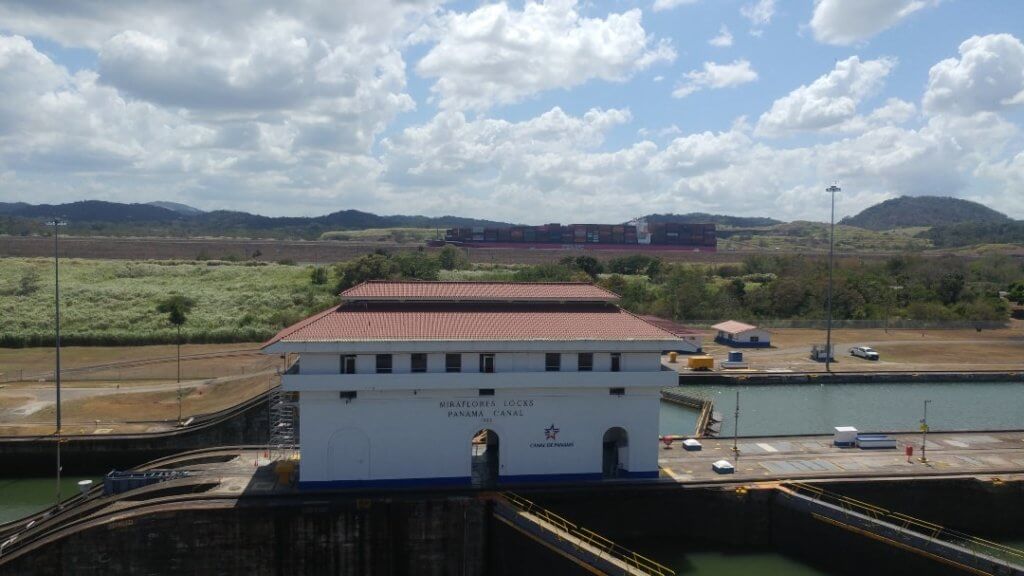
👉Suggested Panama experiences:
Panama City: Small-Group Miraflores Locks and City Tour
From Panama City: Gamboa Rainforest Guided Tour with Lunch
🎥 Here are some videos of the boats passing through:
Panama Canal (Miraflores Locks) – Large Tanker
Panama Canal (Miraflores Locks) – Yacht & Small Boat
7. Getting Around: Use Public Transportation and Rideshares
Navigating Panama is relatively easy, with a variety of transportation options suited for travelers.
In Panama City, the Metro system is efficient, affordable, and a great way to avoid city traffic during peak hours.
The Metro connects key parts of the city and provides easy access to popular areas. Including the Albrook Mall and the central bus terminal.
Buses are another affordable option; however, routes can be confusing for first-time visitors.
Taxis are widely available but may not have meters, so always negotiate the fare before getting in to avoid overpaying.
For greater convenience, especially for visitors, ridesharing apps like Uber and Cabify are available in Panama City and often offer safer, more reliable service than taxis.
When exploring areas outside the city, consider renting a car if you’re comfortable driving in diverse terrain.
Remember that roads in rural areas can vary in quality. Therefore, research your route and check for seasonal weather conditions if you plan on taking road trips.
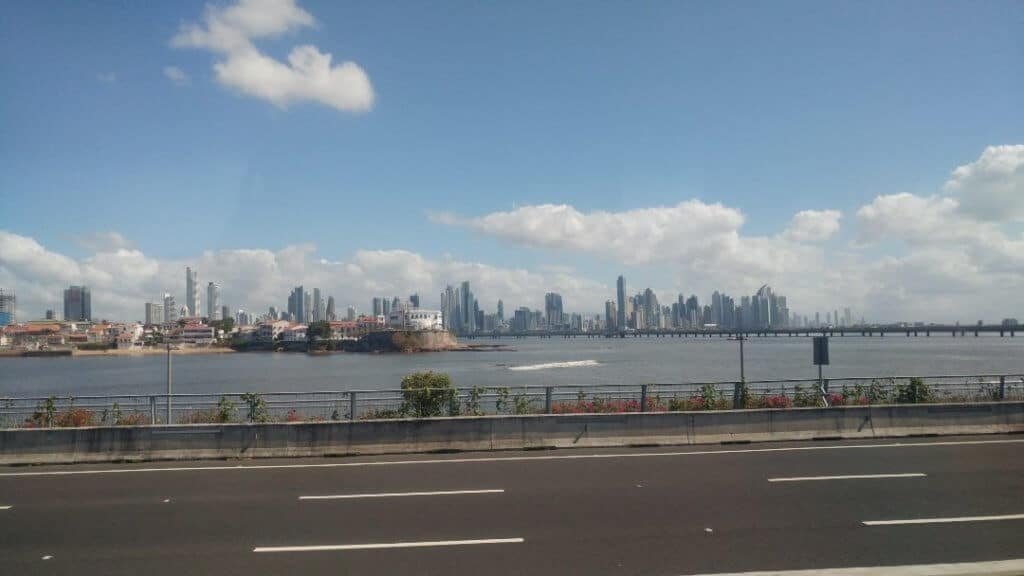
Conclusion: 7 Things To Know Before Going To Panama
Panama is a destination filled with rich history, vibrant culture, and natural wonders.
By understanding these key aspects before you go, you’ll be well-prepared to make the most of your visit.
Whether you’re there to explore the Panama Canal, relax on the beaches, or immerse yourself in the rainforests, knowing what to expect will help you have a safe and unforgettable journey.
